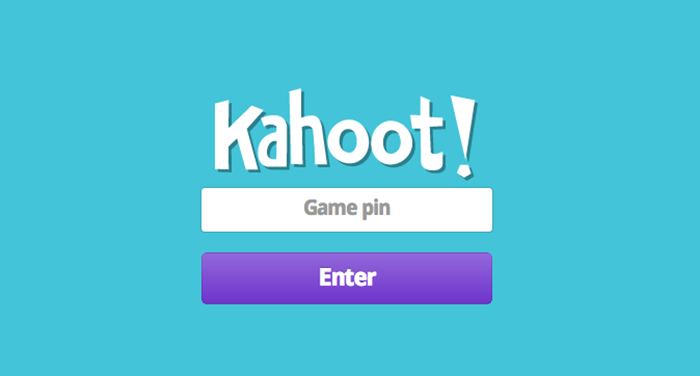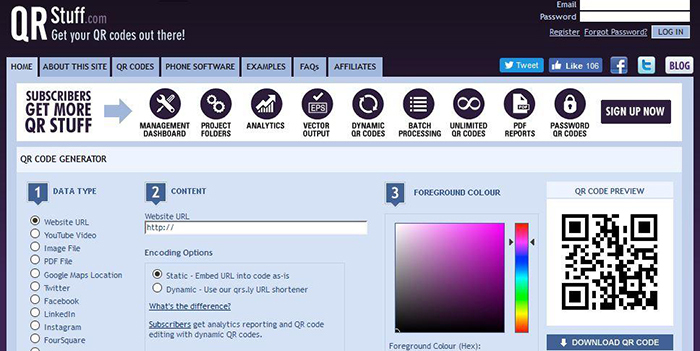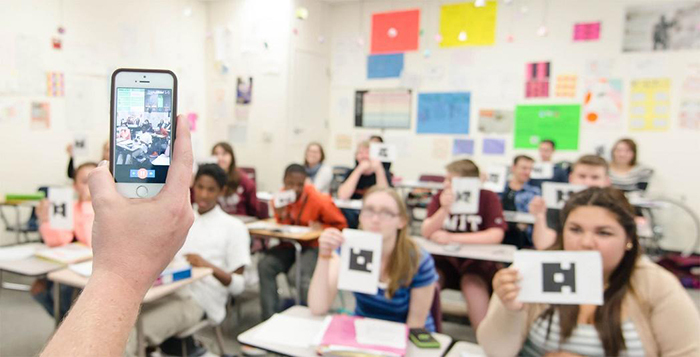Creatively using polling tools to avoid taking attendance
Should attendance be mandatory at college? Should teachers keep track of absent students? Among colleagues, opinions widely vary and reveal the elephant that is not in the room. Can teachers avoid calling roll yet still obtain relevant learning analytics? Creative uses of existing polling apps and platforms illustrate that it is indeed possible.
Why is attendance important?
The College Education Regulations common to all CEGEPs give students the responsibility of attending and participating actively in their courses. Attendance is considered one of the important behaviours students must learn when they transition from high school to college, even though in a competency-based evaluation approach, attendance itself cannot contribute to the student’s grade. After analyzing policies of higher education institutions, Macfarlane (2013) concludes this importance is based on 3 main arguments:
| Accountability to society | Absence is a waste of investment (monetary or any other form) in higher education. |
|---|---|
| Absence shows a lack of respect for others in the learning community. | |
| Student well-being | Absence has a negative impact on academic achievement. |
| Absence may lead to other personal problems (e.g. stress, anxiety). | |
| Preparation for work [and further study] | Attendance and punctuality are important skills in any workplace or academic environment. |
| Attendance is key to master essential professional practices and competencies. |
Why not simply enforce attendance?
Even though virtually all stakeholders agree on the positive impact of class attendance on academic success, not everyone believes enforcing it represents a viable solution. These are some of the most common reasons given:
- A strict attendance policy may lead to so-called presenteeism – being physically present yet mentally uninvested in class.
- Higher education is post-compulsory; requiring attendance goes against students’ academic freedom.
- Mandatory attendance treats students like children and does not teach it as a professional or life skill.
In other words, detractors of mandatory attendance argue that it reinforces a passive learner model rather than an active learner model rooted in critical thinking and skill development. The latter is at the heart of the CEGEP mission. Nonetheless, attendance statistics are important to understand our students’ needs, and help support student success programs. The challenge is therefore to collect these data without explicitly taking attendance to avoid the adverse effects listed above.
How to encourage attendance?
Polling students in class using the tools presented below not only facilitates keeping track of attendance, it also gets them involved actively. By doing so, it stimulates student engagement, and may, in turn, increase intrinsic motivation to attend future classes.
| Affective dimension | Motivation for learning |
|---|---|
| Self-perception | |
| Perception and sense of control over tasks | |
| Cognitive dimension | Behaviour toward learning |
| Use of management strategies | |
| Participation and perseverance in tasks | |
| Socio-relational dimension | Relationships with peers |
| Relationships with teacher | |
| Participation in college life |
In order to achieve this, the polling task should:
- Not be perceived as threatening (which differentiates it from a quiz)
- Motivate students to participate (through its content and design)
- Extend beyond the individual (e.g. by serving as the basis for an in-class activity or discussion)
Three free platforms make it easy to set up polls that can be administered quickly and can be tailored to your needs: Kahoot, Google Forms combined with a QR code generator and Plickers. The first two require students to have a smartphone or computer access, while the third option requires only the teacher to have a smartphone or tablet.
Kahoot
Kahoot is a free platform designed specifically for pedagogical uses. It offers 4 different poll formats based on multiple-choice answers. Teachers log in through the Kahoot website to create new “kahoots” or present existing polls in class. This requires an internet connection and projector. Students log in through the Android or iPhone app; they can also use the kahoo.it portal on any internet-enabled device. When the teacher starts the activity, a code is displayed. Students need to enter this PIN to join; they also provide their name. Because a new code is generated every time the poll is presented, only students present in class can log their answer.

Students need to enter a PIN to join
Teachers can download an overview of the recorded answers via the My Results tab on the Kahoot website. This spreadsheet can perfectly double as an attendance record, since it contains all participants’ names. Terry Connolly’s May 2017 Real Life Story presents a more detailed discussion of the Kahoot platform and its possibilities.
Google Forms
Google Forms, part of the free G Suite for Education, generates a unique poll for each participant. This makes it better suited if you want students to focus on a set of questions at their own pace, without immediate classroom interaction. Forms offers many question types, although you will want to keep the poll short and simple if your goal is to foster engagement and investment rather than quizzing students on knowledge.
If you use other Google apps with your groups (e.g. Docs or Drive), you can set up the poll so that it records the student’s email address. A more straightforward option is to ask for his or her name as a first question. In his March 2017 Real Life Story, Dominic Fournier gives more information on using Google Forms for quizzes or polls.
In order to make sharing the link to the poll more intuitive, and at the same time, limit access to those students in class, I recommend generating a QR code, for instance with the free website QRstuff. Projecting the QR code will allow students to quickly capture it with their smartphone’s camera, which will automatically redirect them to the poll.

A QR code can be projected to give students easy access to a Google Form weblink.
Plickers
If not all of your students have a mobile device or if you prefer to keep things low-tech and simple, Plickers is an interesting option. The underlying principle is very similar to Kahoot’s; the teacher presents students with a question and answer options on the screen. The main difference between both platforms lies in the answer method. Plickers does not rely on smartphones for students to indicate their answer choice. Instead, each student has a Plickers card.
Plickers cards can be downloaded for free. Cards are numbered, so once they have been printed up, you can assign each card to a specific student using the Classes tab on your Plickers portal. To answer a question, students hold up their Plickers card with the letter corresponding to their answer choice toward the top. This limits the answer options for each question to 4.

Plickers answer cards can be downloaded for free.
Once all students have made their choice and are holding up their card, the teacher scans the classroom using the Plickers app and the camera on his or her smartphone. This automatically reads all cards and results are displayed live on the screen and saved for future reference. As with Kahoot, the answers can be displayed for each student individually, or as a graph.

Scanning students Plickers answer cards is quick and intuitive.
| Kahoot | Google Forms | Plickers |
|---|---|---|
| Requires in-class app and / or computer access | ||
| Teacher and students | Students | Teacher |
| Control mechanism to validate attendance | ||
| Game PIN required | Display QR code | Physical presence required |
| Question Type | ||
| Multiple-choice | Multiple-choice and open-ended | Multiple-choice |
| Media Integration | ||
| Image / Youtube video | Image / Youtube video | Image |
| Student Names | ||
| Entered by student on each use | Entered by student in form or associated with email address | Associated with Plickers card by teacher |
| Data is saved | ||
| Yes | Yes | Yes |
Polling encourages students to engage with knowledge first hand rather than defining their primary activity as merely attending classes. The presented apps and platforms may not improve attendance in their own right, but help students become active participants who engage their own learning rather than merely consuming it. In turn, this performative approach may help students develop positive personal and social practices in regard to attendance. What are your tips or tricks?

